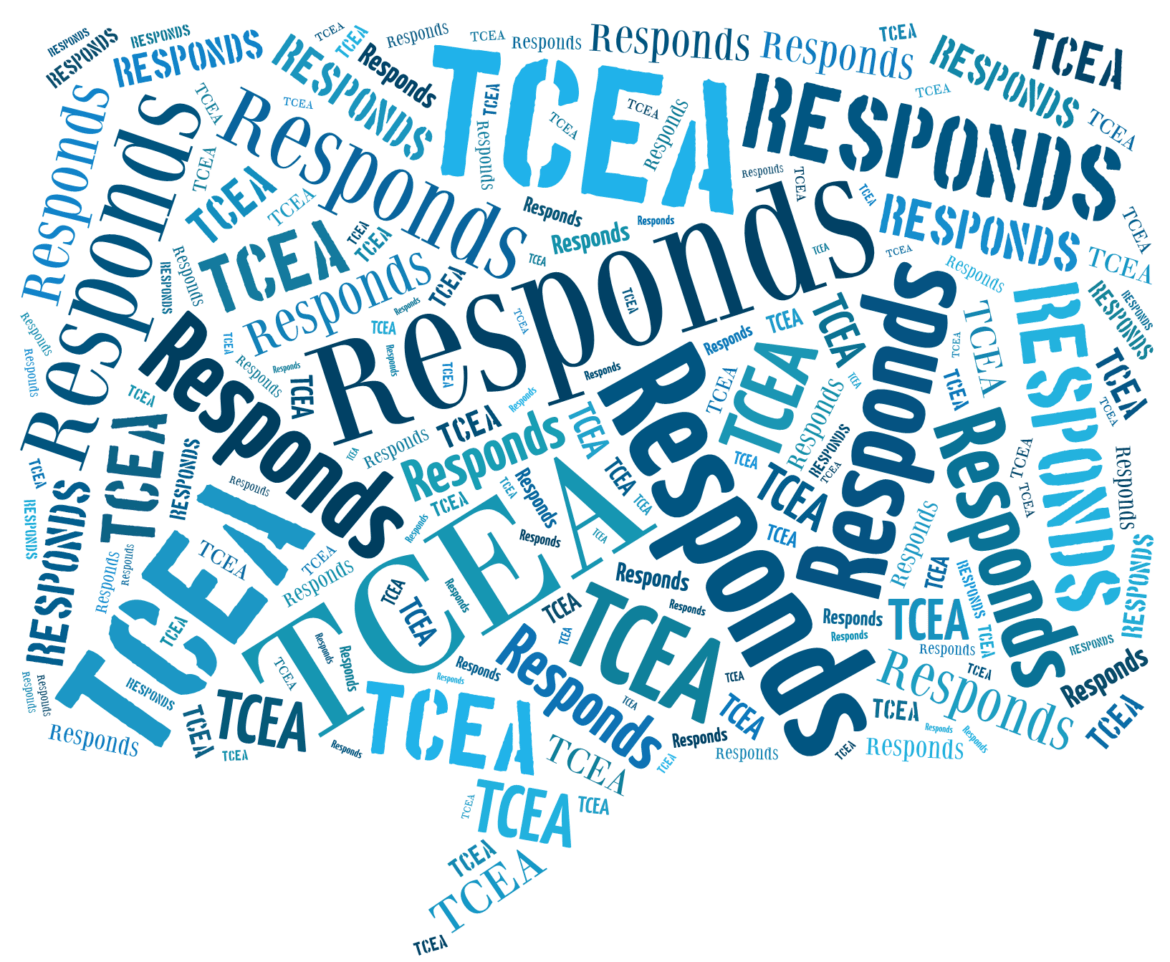Technology serves a number of functions. It can help educators create effective learning, assist in simplifying administrative responsibilities, and even help keep students, staff, and faculty safe.
That’s why TCEA has partnered with Alertus Technologies to award a school safety grant for a full emergency notification system to one of our members (see eligibility requirements below). The estimated total value ranges up to $75,000, depending on the size and needs of the selected school. By partnering with Alertus to provide this grant for customizable mass notification systems, we’re working to expand access to a foundational element of ed tech: school safety.
The Emergency Preparedness Grant includes:
- Alertus Mass Notification System Software
- Alertus Enhanced Notification Services and Support
- Up to 40 Alert Beacons
- Up to 4 Duress Buttons
Eligibility
Applicants must be a registered non-profit organization or a government entity such as a school, library, or public agency.
About the Program
Since 2002, Alertus has been a pioneer in the emergency mass notification space, helping organizations find innovative solutions to emergency preparedness. Through the Alertus Emergency Preparedness Grant program, under-resourced organizations will have access to hardware and software solutions to effectively prepare and respond to a crisis situation.
Interested TCEA members can apply for the Alertus Grant via the online application form. Priority will be given to high risk and high-need organizations.
We are thrilled to be able to partner with Alertus to give our members the opportunity to give their students, staff, faculty, and communities the peace of mind in knowing that when an emergency happens, they will be able to send and receive potentially life-saving notifications quickly and clearly through the Alertus Mass Notification System and its integrated devices.
You can learn more about the program on TCEA’s Grants page. If you have any questions about this program, please email kristy@tcea.org.



 of high school students indicate they use the Internet at home at least a few times a week. 54% of the high school students use it every day. The student’s Internet use is not dependent on whether the teacher purposely assigns homework that needs the Internet because only 13% of Texas teachers indicate they do so. Students are going to the Internet for help in their homework because it is the library of the 21st century. Students without this home access are at a distinct disadvantage. They have fewer ways to access content and are not learning the necessary skills of finding accurate information to answer their research questions.
of high school students indicate they use the Internet at home at least a few times a week. 54% of the high school students use it every day. The student’s Internet use is not dependent on whether the teacher purposely assigns homework that needs the Internet because only 13% of Texas teachers indicate they do so. Students are going to the Internet for help in their homework because it is the library of the 21st century. Students without this home access are at a distinct disadvantage. They have fewer ways to access content and are not learning the necessary skills of finding accurate information to answer their research questions. 








